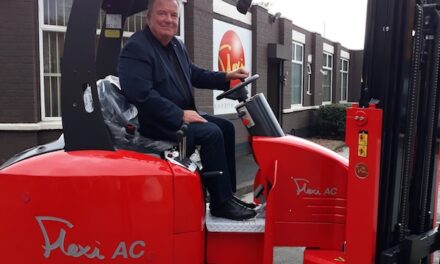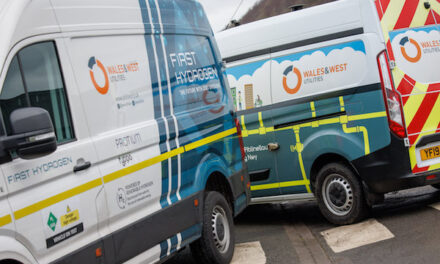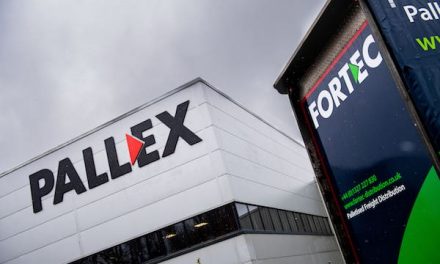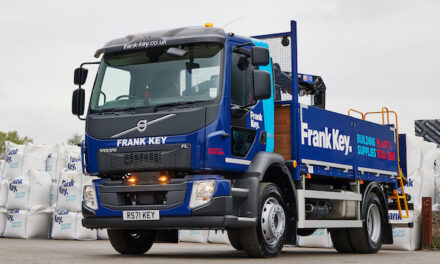London Transport Museum has announced a new partnership with global sustainable development and engineering consultancy, Arup, for the latest series of its thought leadership programme, Interchange.
The new series will focus on unlocking climate resilience in the UK’s transportation sector, analysing infrastructure vulnerabilities, required investment and the opportunities emerging as technology advances. It will do this through a series of events bringing together industry leaders as well as a report published in 2025.
Understood to cost the global economy $15billion per annum*, the impact of climate change has seen transport assets face a cycle of damage and repair in recent years. With related stressors, including periods of extreme heat and flash flooding, expected to increase, London Transport Museum and Arup’s new Interchange series sets out to demonstrate how resilience can be embedded for cost efficiency, improved reliability and traveller safety.
John Fagan, Transport Leader, UK, India, Middle East and Africa, Arup said: ‘Collaboration can drive progress in the transport industry, prioritising resilience and making solutions more accessible. Learning from each other, and sharing the knowledge gained from complex climate challenges is at the core of this programme. We are excited to continue our work with London Transport Museum and partner on this next Interchange series dedicated to resilience, highlighting the need for a collaborative approach to tackling the competing pressures that the industry is facing.’
Elizabeth McKay, Director and CEO, London Transport Museum, said: ‘In collaboration with Gowling WLG and Hitachi Rail, our Interchange programme brings together the top minds, decision-makers and thinkers across the transport sector and beyond to spark innovation and collaboration. And we’re excited to team up with Arup on its next instalment. Together we will consider how we can ensure the UK’s transport infrastructure is ready to meet the demands of tomorrow in the face of the pressing challenges of climate change. This partnership is just one of the many exciting ways our Museum is leading the charge in shaping a greener, more resilient future.’









